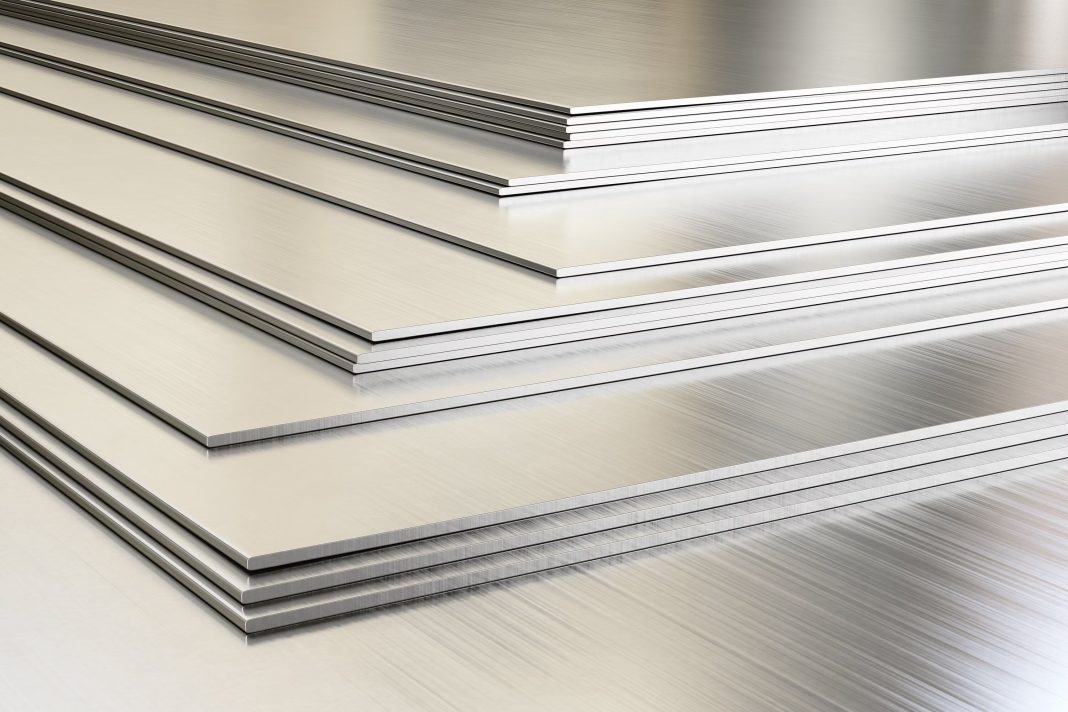Aluminum sheets are ubiquitous in various industries, prized for their versatility, durability, and lightweight properties. From aerospace engineering to construction, aluminum sheets play a vital role in a multitude of applications. In this article, we delve into the realm of aluminum sheets, shedding light on a specific alloy – the 3105 aluminum sheet – and unraveling the mysteries of aluminum pricing.
Understanding Aluminum Sheets
Aluminum sheets are flat-rolled metal products that come in various thicknesses and dimensions. They are manufactured through a process called rolling, where aluminum ingots are passed between rollers to achieve the desired thickness. This process not only ensures uniform thickness but also imparts desirable mechanical properties to the material.
Properties of Aluminum Sheets:
- Lightweight: One of aluminum’s most notable features is its low density, making aluminum sheets ideal for applications where weight is a concern, such as aerospace and automotive industries.
- Corrosion Resistance: Aluminum naturally forms a protective oxide layer when exposed to air, enhancing its resistance to corrosion. This property makes aluminum sheets suitable for outdoor and marine applications.
- Conductivity: Aluminum exhibits excellent thermal and electrical conductivity, making it suitable for heat exchangers, electrical enclosures, and other electrical applications.
- Malleability: Aluminum is highly malleable and can be easily formed into various shapes without compromising its structural integrity, offering versatility in manufacturing processes.
Exploring the 3105 Aluminum Sheet
Among the plethora of aluminum alloys available, the 3105 aluminum sheet stands out for its unique properties and applications.
Key Features of 3105 Aluminum Sheet:
- High Corrosion Resistance: The 3105 alloy offers excellent resistance to corrosion, making it suitable for outdoor applications such as roofing, siding, and decorative elements.
- Formability: This alloy can be easily formed using conventional methods such as bending, shaping, and deep drawing, allowing manufacturers to create intricate designs and components.
- Paintability: The surface of the 3105 aluminum sheet readily accepts various finishes and coatings, making it an ideal choice for architectural and decorative applications.
- Weldability: 3105 aluminum alloy can be welded using various techniques, offering flexibility in fabrication processes.
Common Applications of 3105 Aluminum Sheet:
- Roofing and Siding: Due to its corrosion resistance and formability, the 3105 aluminum sheet is commonly used for residential and commercial roofing and siding applications.
- Architectural Cladding: Its paintability and aesthetic appeal make the 3105 alloy suitable for architectural cladding, facades, and decorative elements in buildings.
- Food and Beverage Packaging: 3105 aluminum sheet is used in the production of beverage can lids, offering excellent sealing properties and resistance to corrosion.
- Signage and Displays: Its formability and paintability make the 3105 alloy ideal for signage, displays, and other decorative applications.
Aluminum Pricing: Understanding the Cost Dynamics
Aluminum pricing is influenced by various factors, including market demand, supply chain disruptions, and economic conditions. Understanding the pricing dynamics is crucial for businesses and consumers alike.
Factors Affecting Aluminum Prices:
- Global Demand: Fluctuations in global demand for aluminum, particularly from industries such as automotive, construction, and aerospace, can impact prices.
- Supply Chain Disruptions: Disruptions in the aluminum supply chain, such as production delays or shortages of raw materials, can lead to price volatility.
- Market Speculation: Speculative trading and investor sentiment can influence short-term fluctuations in aluminum prices.
- Exchange Rates: Since aluminum is traded globally, fluctuations in currency exchange rates can affect import and export prices.
Aluminum Price per Pound:
The price of aluminum is typically quoted in terms of cost per pound. This price can vary depending on factors such as alloy grade, market conditions, and quantity purchased.
To obtain accurate pricing information, it’s advisable to consult with aluminum suppliers or refer to commodity price indices. Additionally, monitoring market trends and staying informed about geopolitical developments can help anticipate price changes and make informed purchasing decisions.
In conclusion, aluminum sheets, including the versatile 3105 alloy, offer a myriad of benefits and applications across diverse industries. Understanding the properties, applications, and pricing dynamics of aluminum sheets is essential for businesses and consumers alike. Whether it’s for roofing, signage, packaging, or architectural cladding, aluminum sheets continue to be a preferred choice for their durability, versatility, and cost-effectiveness.










